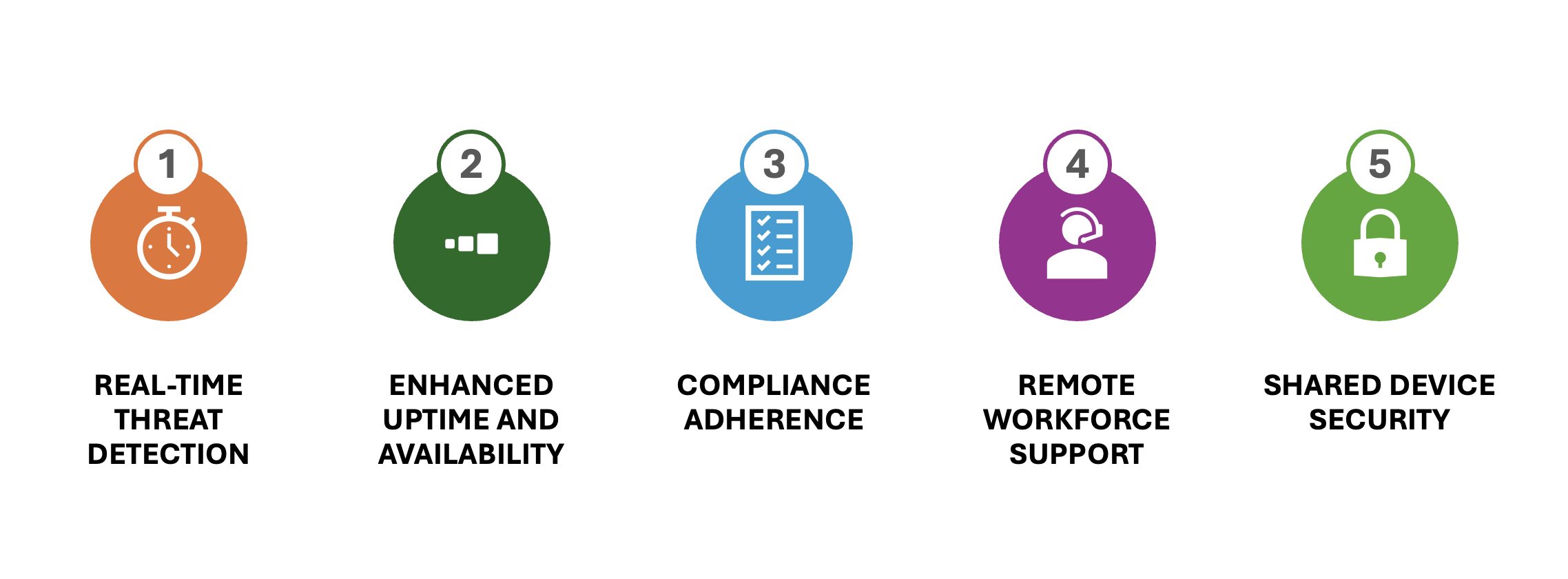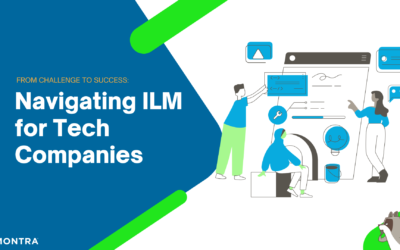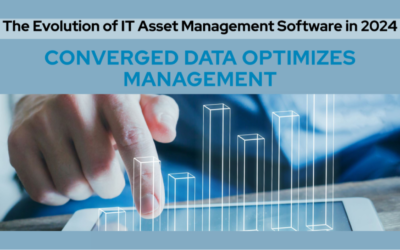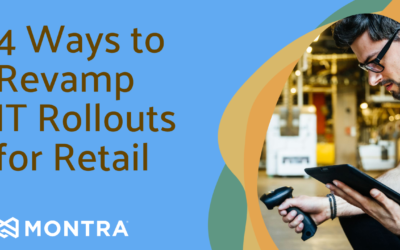In today’s digital age, businesses are increasingly reliant on technology to optimize business operations and stay competitive. One crucial aspect often overlooked is device monitoring, which plays a pivotal role in ensuring uptime, availability, security, and compliance. Let’s delve into the top 5 ways monitoring devices can elevate your business’s protection levels and empower your workforce, especially those working remotely or sharing devices.

1. Real-Time Threat Detection
Effective device monitoring provides real-time alerts for any suspicious activities or potential security breaches. By promptly identifying threats, businesses can take immediate action to mitigate risks, safeguard sensitive data, and maintain uninterrupted operations. For instance, malware infections are a common threat that can be detected early with proper monitoring systems. Malware can corrupt files, steal sensitive information, and disrupt normal business activities.
Another example is phishing attacks, where malicious actors attempt to deceive employees into providing confidential information or access to secure systems. Monitoring solutions can identify and flag unusual login attempts or access patterns, preventing unauthorized access and potential data theft. Additionally, Distributed Denial of Service (DDoS) attacks, which aim to overwhelm a system with traffic to render it unusable, can be identified promptly. Monitoring traffic patterns can help in recognizing such attacks early, allowing businesses to respond quickly and maintain service availability.
2. Enhanced Uptime and Availability
Monitoring devices proactively detect performance issues, hardware malfunctions, or network disruptions that could lead to downtime. By addressing these issues before they escalate, businesses can ensure continuous operation, minimize productivity losses, and deliver reliable services to customers.
Consider a company that relies heavily on its e-commerce platform, particularly during peak shopping seasons like Black Friday or the holiday period. During such times, any downtime or performance hiccup can result in significant revenue losses and damage to customer trust. With proactive monitoring in place, this company can receive alerts about potential server overloads or degraded performance well before it affects the end users.
If the monitoring system detects an unusual spike in server load, it can trigger an alert to the IT team. This enables them to take immediate action, such as scaling up resources or balancing the load across multiple servers, thereby ensuring that the platform remains robust and capable of handling high traffic volumes. By addressing these issues preemptively, the company not only maintains uptime and availability but also safeguards its reputation and customer satisfaction.
3. Compliance Adherence
Small businesses face regulatory requirements and industry standards that mandate data protection and privacy measures. Device monitoring aids in maintaining compliance by tracking access controls, data handling practices, and security protocols, thereby helping businesses avoid penalties and uphold trust with clients.
For instance, businesses that process credit card transactions must comply with the Payment Card Industry Data Security Standard (PCI DSS). PCI DSS sets forth stringent guidelines for securing payment card data, which include requirements for maintaining a secure network, protecting cardholder data, implementing strong access control measures, and regularly monitoring and testing networks. Device monitoring becomes instrumental in meeting these requirements by continuously tracking network activities and ensuring that firewalls, intrusion detection systems, and other security measures are functioning correctly.
To illustrate, consider a small retail business that conducts both online and in-store sales. This business must ensure that credit card information is processed securely and that any data stored is protected against breaches. Device monitoring solutions can help the business continuously oversee its payment processing systems, flagging any instances of unauthorized access or deviations from security protocols. For example, if there’s an attempt to access payment data outside normal business hours, the monitoring system can immediately notify IT staff, allowing them to investigate and respond swiftly.
Similarly, organizations in the healthcare sector must adhere to the Health Insurance Portability and Accountability Act (HIPAA), which mandates the protection of patient health information (PHI). Under HIPAA, healthcare providers are required to ensure the confidentiality, integrity, and availability of all electronic PHI they create, receive, maintain, or transmit. Device monitoring assists in compliance by ensuring that access to PHI is appropriately controlled and by providing audit trails that can be reviewed during compliance checks.
For example, a clinic using electronic health records (EHR) can leverage device monitoring to track all access to patient information, ensuring that only authorized personnel have access to PHI. If a monitoring system detects an unusual login attempt or an unauthorized attempt to alter patient records, it can alert the compliance officer immediately, thereby mitigating potential breaches and maintaining HIPAA compliance.
4. Remote Workforce Support
With an increasing number of employees working remotely, monitoring devices become essential for managing dispersed teams and ensuring secure connections. By offering remote monitoring capabilities, businesses can oversee employee devices, enforce security policies, and support seamless collaboration regardless of location.
For example, consider a marketing agency with employees working remotely across different time zones. By implementing robust device monitoring solutions, the agency can ensure that all remote devices comply with security protocols, regardless of the employees’ locations. The monitoring system can enforce the use of VPNs for secure connections, regularly check for software updates, and verify that antivirus programs are up to date.
Specifically, if an employee’s device shows signs of potential malware infection or is missing critical security updates, the monitoring system can flag these issues for immediate resolution. This proactive monitoring not only secures the company’s sensitive client data but also enables employees to work without interruptions caused by security breaches or system failures. Consequently, the agency can maintain high productivity levels and safeguard client information, ultimately leading to a more efficient and secure remote work environment.
5. Shared Device Security
For businesses utilizing shared devices, monitoring becomes critical in tracking user activities, managing access permissions, and preventing unauthorized usage. By implementing device monitoring solutions, businesses can protect confidential information, promote accountability among users, and maintain the integrity of shared resources.
Consider a hardware store in which multiple employees are accessing computer systems for design, configuration, quote and ordering of home goods and services. These shared devices pose a unique security challenge due to the constant flux of user activity and the diverse purposes for which they are used. By implementing robust device monitoring solutions, the store can significantly enhance the security of these shared computers.
For instance, device monitoring can track user logins and logouts, ensuring that each user session is properly accounted for and that any anomalies are promptly flagged. If the monitoring system detects an unusual pattern, such as multiple failed login attempts or an extended period of inactivity followed by a sudden surge in activity, it can alert the IT staff to investigate potential security breaches or misuse.
Furthermore, monitoring can manage access permissions to restrict certain activities by unauthorized users. For example, administrative settings should only be accessible to store staff, preventing employees from installing unapproved software or altering system configurations. This level of control helps to maintain the integrity of the shared devices and protect against the installation of malicious software.
Additionally, the system can enforce automatic sign-outs after a period of inactivity, reducing the risk of a user’s session being hijacked by the next person who uses the device. By continuously scanning for vulnerabilities and ensuring compliance with security protocols, the monitoring solution safeguards company and customer data while maintaining a secure usage environment.
By leveraging device monitoring in such a setting, the store can ensure a safer, more secure experience for all patrons while protecting the integrity and functionality of its shared resources.
In Conclusion
By prioritizing device monitoring strategies, businesses can fortify their defenses, optimize operational efficiency, and foster a secure work environment for all employees. Embracing proactive monitoring practices is not just a measure of protection but a strategic investment in long-term sustainability and growth.
For further insights and detailed information supporting the importance of device monitoring in small business settings, you can refer to the following reputable sources:
1. Cybersecurity and Infrastructure Security Agency (CISA)
2. National Institute of Standards and Technology (NIST)
3. Data Privacy Regulations Overview
4. Remote Work Best Practices Guide
5. Device Monitoring Solutions Comparison
Stay informed, stay protected, and optimize your business with the right tools for effective device monitoring. Your business deserves the best defense against evolving digital threats. If you want to discuss this with an expert, please contact Montra at info@montra.io or +1-404-665-9675.



